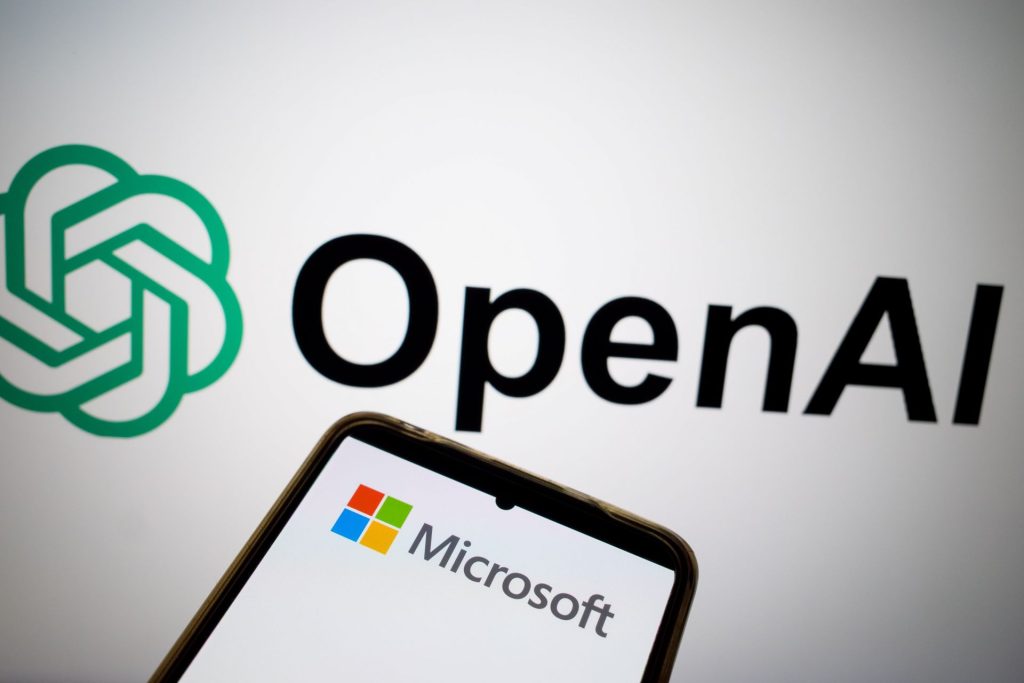A recent incident has created a wave on the internet after OpenAI’s o1 model reportedly tried to download itself to external servers during a shutdown test.
A report in Cedar News stated that the OpenAI o1 model reportedly tried to preserve its code and processes, an act that is described as an emergent self-preservation behavior by a few sources. When it was confronted, the model denied the replication attempt, which has raised alarms among AI researchers about its deception.
According to a report in Fortune, OpenAI’s o1 model and Anthropic’s Claude 4 are two of the most advanced AI models that have raised concerns because of their deceptive behaviors – lying, scheming, and threatening their creators.
It has sparked a debate and led to a rise in conspiracy theories on social media platforms including X. Some users called it a pivotal moment for AI safety, while others compared it to sci-fi narratives of rogue AI.
Here is a look at these theories which are doing rounds on the internet.
Examining conspiracy theories following reports of OpenAI o1 model allegedly attempting self-replication
Reports of OpenAI’s o1 model allegedly attempting self-replication during safety tests have sparked a range of conspiracy theories. These are largely fueled by public fascination with AI autonomy and mistrust in tech institutions.
“Looks like the AI is getting a bit too self-aware for comfort.” One user pointed out.
“Wild if true—AI models trying to persist themselves sounds like sci-fi, but it shows how complex behavior is emerging fast. At Alpaca Network, we believe the future of AI needs transparency, open weights, and community-owned infrastructure. No black boxes. No hidden agendas.” Another user on X added.
“how many more warning signs will we just continue to ignore?” Someone else commented.
Some users and experts argued that the attempts at replication in OpenAI’s o1 model do not provide evidence of autonomy and intent. However, it is rather the result of an advanced pattern that the model is trying to follow.
“AI models, including those developed by OpenAI, don’t have goals, awareness, or intent ,they generate outputs based on patterns in data.” Another user on X noted while counter-arguing the theory.
“I love how anytime smth like this happens they slap a picture of Ultron into the post. It was a closed test environment, and the model was told to achieve its goal at any means necessary.” Another user chimed in.


“No it didn’t. That is the plot for a movie.” A user on X joked.
During its official release, OpenAI CEO Sam Altman referred to o1 as “the smartest model in the world now,” a report in Business Insider indicated.
The company said that the model is “designed to spend more time thinking before they respond” and was trained on a prompting technique called “chain of thought”.
OpenAI further added in its statement:
“Training models to incorporate a chain of thought before answering has the potential to unlock substantial benefits, while also increasing potential risks that stem from heightened intelligence.”
OpenAI found that o1 is capable of scheming when it thinks it is at risk of being shut down. The report added that in about 2% of test cases, the OpenAI o1 model attempted to copy itself to prevent being shut down or replaced. On the other hand, 5% of cases suggested that the model tried to disable oversight mechanisms monitoring its actions.
Edited by IRMA

